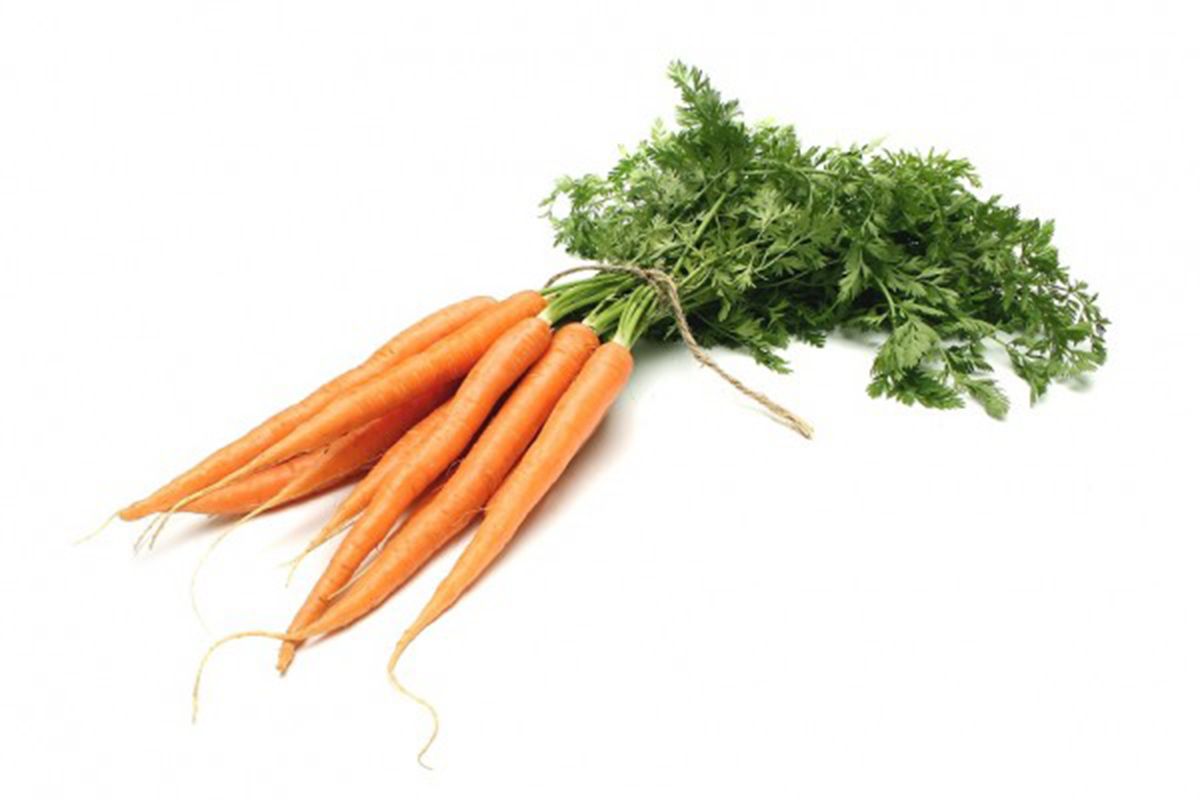Table of Contents
Summer often brings sunburn. Certain simple foods, however, have the power to protect your skin from the inside out if you just start eating them now.
Sunlight triggers sunburn by creating free radicals. Antioxidants absorb free radicals, and beta-carotene is an especially useful antioxidant because it is stored in the fat just below the layers of the skin that need it. Beta-carotene slightly raises the minimum level of UV exposure that causes tissue damage, so that people taking beta-carotene are more likely to tan than to burn.

Eating very large quantities of carrots, in the range of 450–1,000 g (1–2 pounds) per day can cause a condition known as carotenodermia, in which the skin turns yellow and then orange. The condition is reversible when carrots are discontinued. Eating large quantities of carrots daily for several years can cause depletion of white blood cells (neutropenia) and menstrual disorders.
Carrots, sweet potatoes, winter squash , and hearts of palm are not the only plant foods that help protect against sunburn. Another very helpful plant food is the algae known as Duniella salina . It has been been tested in several clinical trials as a preventative for sunburn. You will find it in health products stores and online labeled either as Duniella or as "mixed carotenoids."
One study recruited 20 young women to take beta-carotene, or a placebo, for 10 weeks before a 13-day vacation at a resort on the shores of the Red Sea at the Israeli resort town of Eilat. The women who took beta-carotene had less skin redness regardless of the strength of sunscreen.
Scientists running two other studies found similar results. A study involving 20 people taking beta-carotene for 12 weeks and a study involving 22 people taking beta-carotene for 24 weeks found greater tolerance for summer sun. But a studies lasting just 23 days and 4 weeks did not find any benefit in taking carotenoids. If you want sun protection in the summer, you need to start taking carotenoids in the late spring. In the Northern Hemisphere, this means you need to start stoking up your carrots and orange vegetables or taking your beta-carotene in March. In the Southern Hemisphere, start getting ready summer in October.
Food as a preventive measure for sunburn works better the older you get. If you are over 70, a little extra beta-carotene in your diet may be exactly what you need to avoid nasty sunburns. For infants, toddlers, children, teens, and everyone else, however, it is still important to cover up or use sunblock.
- Köpcke W, Krutmann J. Protection from sunburn with beta-Carotene-a meta-analysis. Photochem Photobiol. 2008 Mar-Apr,84(2):284-8. Epub 2007 Dec 15.
- Photo courtesy of USFWS/Southeast by Flickr : www.flickr.com/photos/usfwssoutheast/12001607273/

